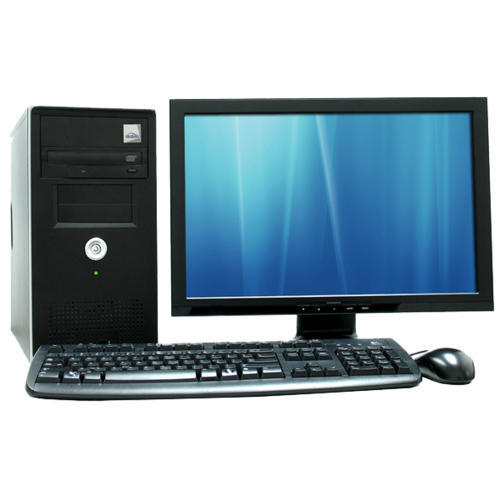Stylistic Guidelines:
Writing good program is a skill. This can be
developed by using the following guidelines .
1.
Meaningful
Names for identifiers: A programmer to give the meaningful names to
each section of the program so that it can help him to identify the variable
used for specific purpose. This helps him to execute the right elements during
the complex run of a program.
2.
Ensure
clarity of expression:
Expression carry out the specified action. Thus they must be clearly understood
by the users. There should not be any compromise with the clarity of
expression.
3.
Use
of comments and indentations: Comments generally are used as the internal
documentation of a program . if comments are used in the program they will
guide the program while debugging and checking. While indentation is the proper
way of writing to avoid the confusion regarding the flow of program. These
highlights nesting of groups of control statements.
4.
Insert
blank lines and blank spaces: Blank lines should be used to separate long, logically
related blocks of code. Specifically
Normally in programming the standard for the use of spaces is to follow
normal English rules. This means that:
Most basic symbols in C++ (e.g., “=”, “+”, etc.) should have at least
one space before and one space after them.
5.
Statements :Each statement should appear on a
separate line. The opening brace following a control statement such as if or while
should appear on the line after the if or while, lined up with the left of the
control statement, and the closing brace should appear on its own line, lined
up with the left of the control statement. As an example, see the for loop in
Figure 1. The opening and closing braces for a function should be lined up in
the same way. The statements within a {_____} pair are indented relative to the
braces.
Characteristics of a Good Program:
Following are the
characteristics of a good program.
- Effective
and efficient:
The program produces correct results and is faster, taking into account
the memory constraints.
- User
friendly:
The program should be user friendly. the user should not be confused
during the program execution . The user should get correct direction and
alerts when he is going through the program.
- Self
documenting code:
A good program must have self documenting code. This code will help the programmer to
identify the part of the source code and clarify their meaning in the
program.
- Reliable: The good program
should be able to cope up from any unexpected situations like wrong data
or no data.
- Portable: The program should
be able to run on any platform, this property eases the use of program in
different situations.
Stages of
Program Development Process:
A
program development process is the step by step process in converting the
inputs into outputs.
- Analysis:
this is the important phase where all the requirements of the program are
gathered and the problem is cracked downed. An algorithm is formulated
which gives the solution for the problem.
- Design
: In this phase of design a Model
is developed which I look a like of a program . this phase gives the face
to the program. Outputs are designed in this phase.
- Coding
: In this stage the algorithm is translated into the program called source
code using some programming language.
- Compile
the program: Issue a compile command against
source, and fix any compile errors that arise.
- Execute
the program: An error free program after compilation is put to run to
produce the output. This phase is called run-time, the phase of program
execution during which program instructions are carried out.
Robustness:
Robustness
is the ability of the program to bounce back an error and to continue operating
within its environment.
Documentation: Documentation referrers to written
descriptions specification, design code and comments , internal and external to
program which makes more readable and understandable.
Uses of documentation:
- This
becomes an useful interface between a technical personnel and non
technical personnel.
- This
is very useful for upkeep and maintenance.
- Documentation
makes ease for any technical emergencies.
- Very
useful in operating for learners and trainers.
- Enables
trouble shooting when the application system breaks down.
PROBLEM SOLVING METHODOLOGY AND TECHNIQUES:
To develop an efficient
and effective programs we should adopt a proper problem solving methodology and
use appropriate techniques. Following are some of the methods and techniques to
develop a good program.
- Understand
the problem well : for a good program one should understand
the problem well . one should know what exactly is expected from the
problem. Knowing the problem well is the half way done.
- Analyze
the program. :
analyzing the problem involves identifying the program specification and
defining each program’s minimum number of inputs required for output and
processing components.
- Code
program : This
step is the actual implementation of the program. In this program
algorithm is translated into programming language. in this it is essential
to decide which technique or logical will be more appropriate for coding.
- Test and Debug program.: Once the solution algorithm is coded the next step is to test and debug the program. Testing is the process of finding errors in a program and debugging is of correcting the errors. The developed program is put to test in different conditions and verified at different level for its proper and efficient working.
THANK YOU!









0 Comments